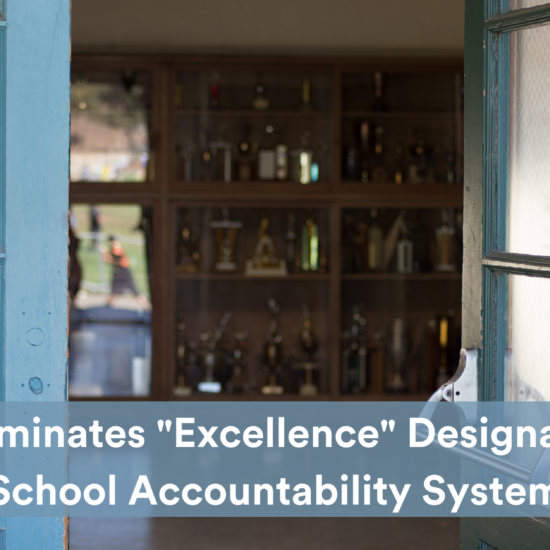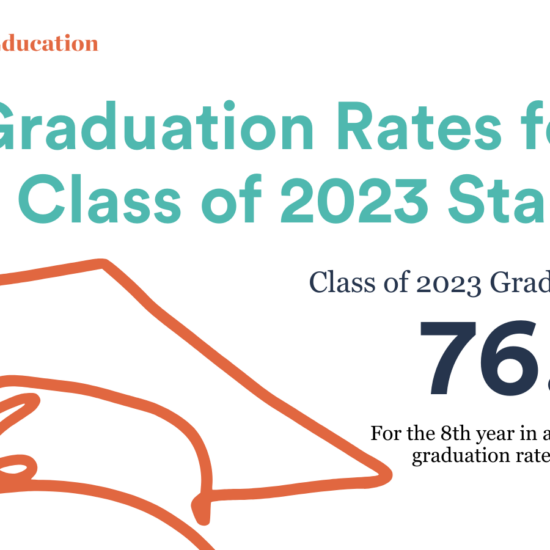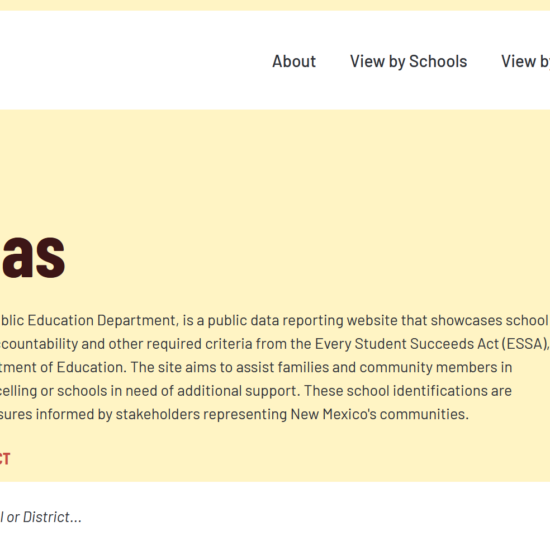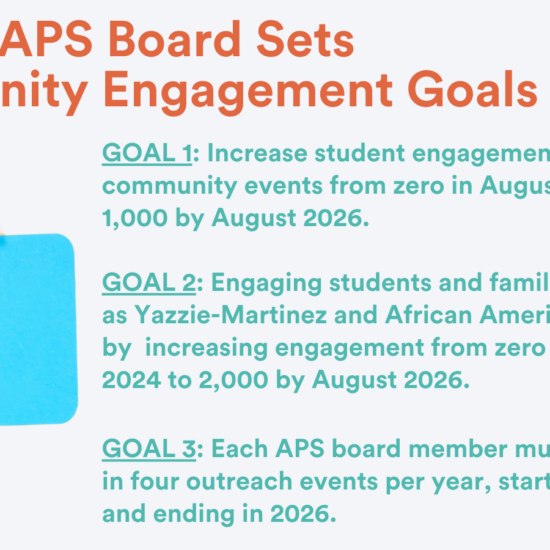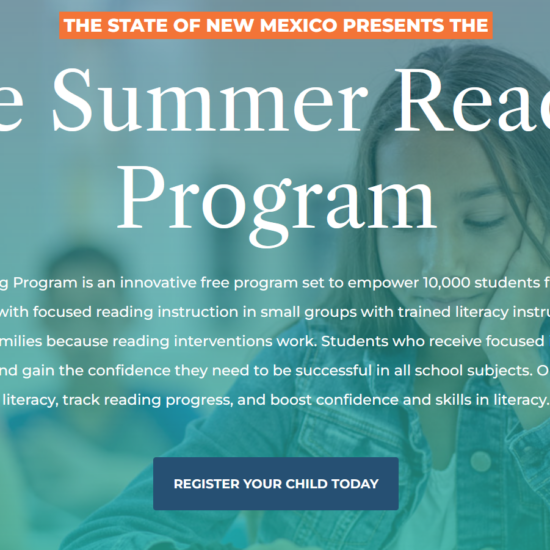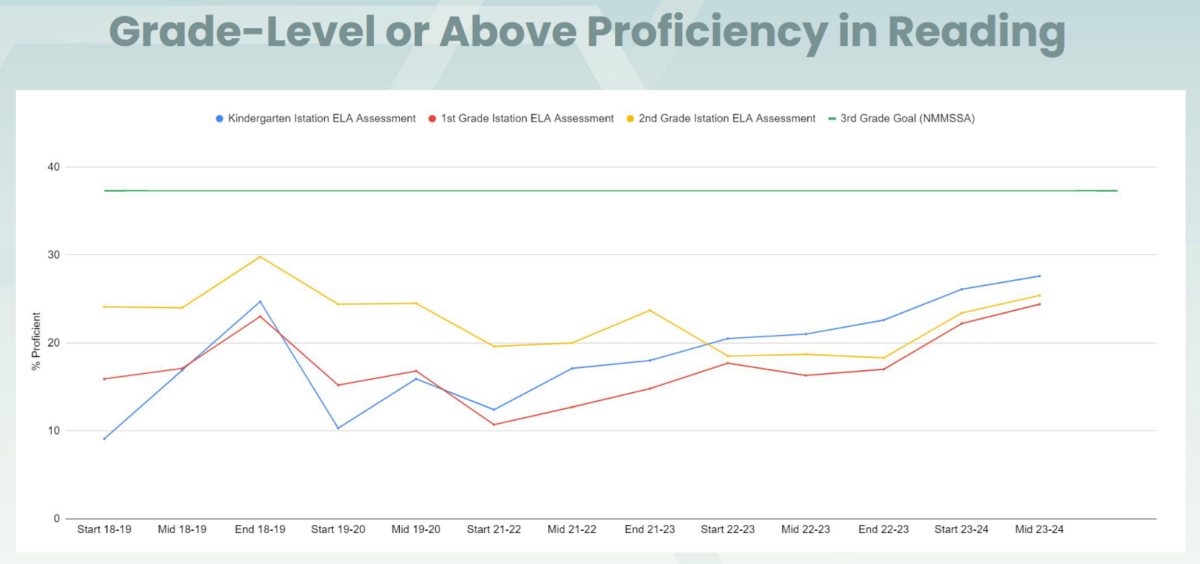
The Albuquerque Public Schools Board of Education reviewed student results, seeing an increase in student proficiency in reading in kindergarten, first, and second grade. The growth did not come without issues, as some student groups saw decreases in proficiency rates.
The review is part of the district’s plan to monitor progress towards the four goals adopted by the APS Board of Education in 2023, aligned with the district’s new Emerging Stronger Strategic Plan. Each of the four goals have interim goals that serve as indicators of progress. At the February 21 board meeting, the board was updated on the progress that has been made toward goal 1.
GOAL 1: EARLY LITERACY
The percentage of third-grade students identified in the Yazzie-Martinez decision plus African American students who demonstrate grade level proficiency or above on the state English Language Arts (ELA) summative assessment will increase from 27.3 percent in May 2023 to 37.3 percent in May 2028.
- Interim Goal 1.1: The percentage of Kindergarten students identified in the Yazzie-Martinez decision plus African American students who demonstrate grade level proficiency or above as predicted by Istation will increase from 22.6 percent in May 2023 to 28.6 percent in May 2026.
- Interim Goal 1.2: The percentage of first-grade students identified in the Yazzie-Martinez decision plus African American students who demonstrate grade level proficiency or above as predicted by Istation will increase from 17 percent in May 2023 to 23 percent in May 2026.
- Interim Goal 1.3: The percentage of second-grade students identified in the Yazzie-Martinez decision plus African American students who demonstrate grade level proficiency or above as predicted by Istation will increase from 18.3 percent in May 2023 to 24.3 percent in May 2026.
APS is focusing on targeting their most vulnerable students by measuring the progress of the student groups recognized in the Yazzie Martinez lawsuit–which include Native Americans, English learners, socioeconomically disadvantaged children, and students with disabilities–and black students.
Moving forward, APS will be evaluating all of their goals and guardrails. In March, APS will review student math proficiency, in April they will be discussing student readiness for leaving high school. To see the APS monitoring calendar, click here.
At the beginning of the meeting, board members confirmed the monitoring report’s completeness, ensuring it aligned with the district’s goals and guardrails, including clear representation of data spanning previous reporting periods and setting of precise targets. APS Chief of Schools Channel Segura said that incoming-Superintendent Gabriella Blakey directed her team to make the goal monitoring information easier to access and understand. The new system allows parents, students, and the APS community to access all of the information used by APS to monitor progress towards the goals. Progress monitoring reports, including data and questions from the Board of Education with answers from APS staff are available to the public here.
Monitoring Goal 1
Goal 1, is monitored using data from the iStation assessment. iStation is an assessment that measures student progress in reading for all kindergarten, first and second grade students, and is required by the state to be given three times a year; at the beginning of the year, in the middle of the year, and at the end of year.
The progress monitoring report was delivered by Dr. Antonio Gonzales, Chief Academic Officer; Dr. Channell Segura, Chief of Schools; and Dr. Richard Bowman, Chief Information and Strategy Officer.
Interim Goal 1.1
Goal 1.1 reads, “The percentage of Kindergarten students identified in the Yazzie-Martinez decision plus African American students who demonstrate grade level proficiency or above as predicted by Istation will increase from 22.6 percent in May 2023 to 28.6 percent in May 2026.”
Gonzales reported that kindergarten students have seen a half percentage point increase in their reading proficiency, up from 31.9 percent at the beginning of year to 32.4 percent at the middle of year.
“There are some things to celebrate,” Gonzales said. “We’re moving in the right direction, albeit by half a percent.”
Specifically, among students in the Yazzie-Martinez and African American subgroups, Gonzales reported a 1.5 percentage point increase in reading proficiency from 26.1 percent to 27.6 percent in the same time.
“Therefore, in both instances, the charge that was given to the district by the board, we are seeing upward growth in both of these areas,” Gonzales said. “We do recognize that there is work to do.”
APS Concerns
Despite reporting general growth among kindergarteners, and a gain in proficiency among students in the Yazzie-Martinez and African American student groups, “all other students” as Gonzales described, saw a significant decrease in reading proficiency,
In the “all other students” category, which does not include students who fall in the Yazzie-Martinez and African American student groups, APS saw a 3.9 percent decrease in reading proficiency.
From fall 2023 to the middle of year assessment, “all other students” fell from 63.6 percent reading proficiency to 59.7 percent.
“Those students did not meet their projected target,” Gonzales said. “We understand that they started higher to begin with, so their target was higher, they did not meet that as a student group.”
Gonzales said 53 percent of elementary schools saw a decrease in their Istation results from the beginning of the school year to the middle of the year assessment.
Interim Goal 1.2
Goal 1.2 reads, “The percentage of first-grade students identified in the Yazzie-Martinez decision plus African American students who demonstrate grade level proficiency or above as predicted by Istation will increase from 17 percent in May 2023 to 23 percent in May 2026.”
APS saw growth for first grade students of 1.7 percent. This growth was from 27.5 percent in the fall to 29.2 percent in the middle of year assessment.
In the same time period, Yazzie-Martinez and African American students achieved growth of 2.2 percent, from 22.2 percent to 24.4 percent.
APS Concerns
APS reported that 33 percent of their elementary schools saw a decrease in Istation scores from the beginning of the academic year to the middle of the year assessment.
Interim Goal 1.3
Goal 1.3 reads, “The percentage of second-grade students identified in the Yazzie-Martinez decision plus African American students who demonstrate grade level proficiency or above as predicted by Istation will increase from 18.3 percent in May 2023 to 24.3 percent in May 2026.”
Gonzales told the board that APS achieved a 2.1 percent increase in reading proficiency among second grade students as a whole at APS, increasing from 28.3 percent to 30.4 percent.
Among students in the Yazzie-Martinez and African American subgroups, there was a one percentage point increase. These second-grade students saw proficiency increase from 23.4 percent in the fall to 24.4 percent in the middle of year assessment.
APS Concerns
Among elementary schools, 36 percent saw a decrease in their iStation results among second grade students from the beginning of the year to the middle of year assessment.
What is Going Well?
Segura said that APS students are overall seeing an increase in their literacy and reading proficiency.
Gonzales told the board that teachers across the district have access to high quality instructional materials to support students. He said that principals have the ability to monitor the progress of individual classrooms and help to provide specific support to those classes.
Gonzales explained that 95 percent of kindergarten, first, and second grade students took the iStation assessment. “We are able to have the valuable data we need to inform next steps and continuous improvement,” he said.
Next Steps
Segura said the district is working to ensure all schools have a 120-minutes of instructional time focused on English language arts in their master schedules.
She said that APS schools will increase intervention time during the school day in those schools that saw a decrease in iStation scores and use that time to increase student proficiency in reading.
“It increases time and access for students to accelerate attainment of those skills that students might have gaps in,” Segura explained.
In March, the board will work on monitoring Goal 2, which focuses on math.


